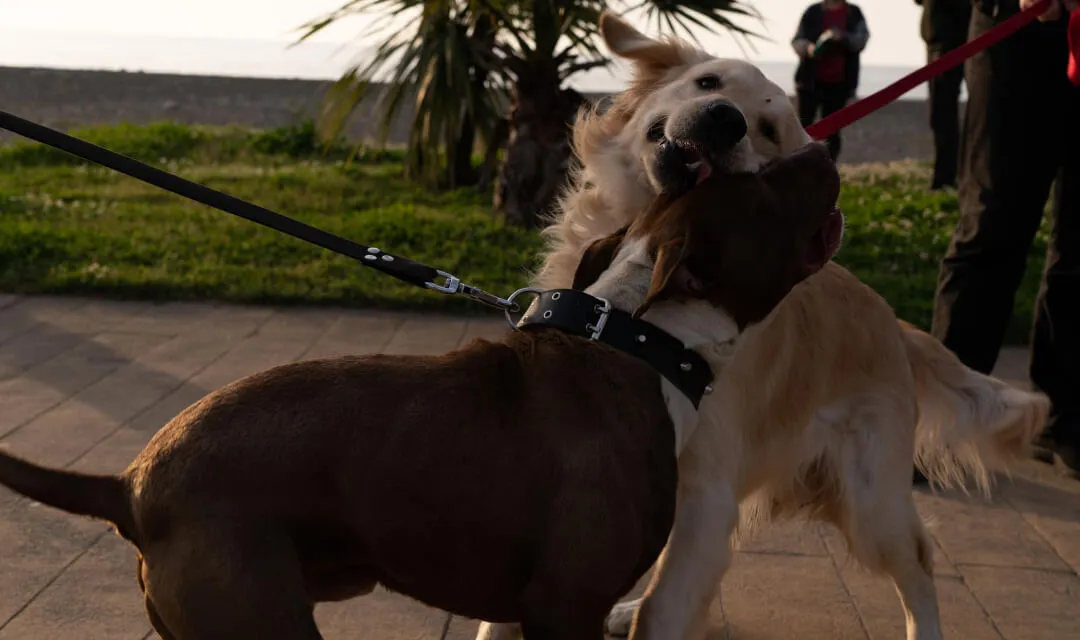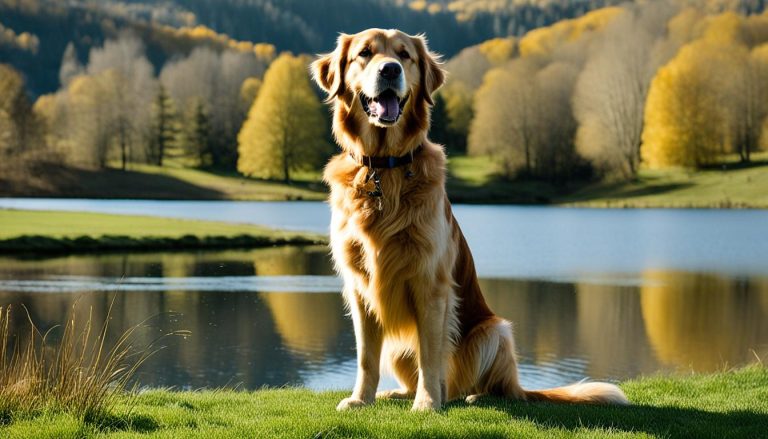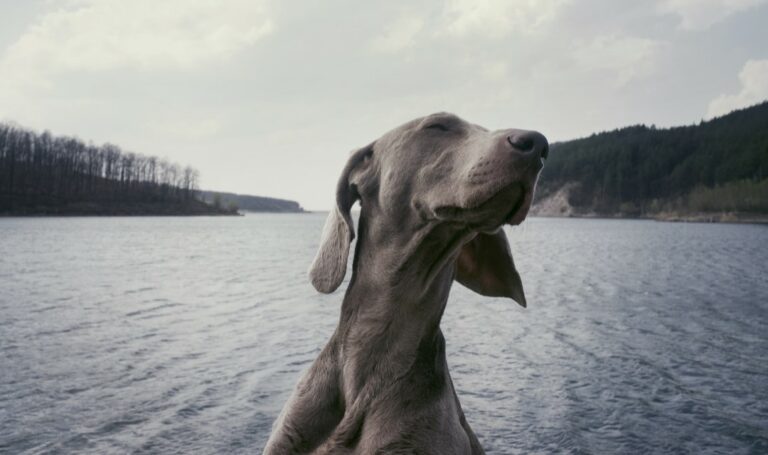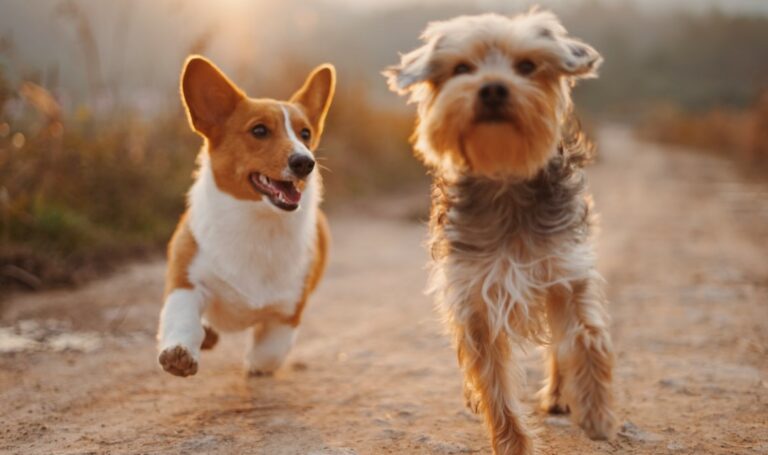In order to avoid dog fights there are several aspects we need to consider. Since the responsibility is always ours anyway, and we are the ones who have to answer for the damage caused by our animal if something unpleasant happens, we have to be really careful.
For purely informational purposes, it is good to know that we risk a charge of negligent injury and failure to take custody in the event of an accident, so it always pays to keep your eyes wide open.
First of all, let’s start by saying that not all dogs are sociable or like to be in each other’s company (and that’s a fact), but no dog should be aggressive on principle.
Typical behaviors of an aggressive dog can be recognized by these factors:
~ he barks frantically
~ gets agitated
~ bites the air.
When taking walks, one should never untie the dog from the leash. In fact, this is a safety issue that should not be underestimated: if it should unfortunate happen that two dogs stick together, it becomes extremely difficult then to detach them.
Dogs that were never socialized with other puppies when they were young are predisposed to be unsocial and aggressive. So are those that have suffered trauma in the past and have a nervous and insecure nature. Dominant dogs (as mentioned in a previous article) are also on the list of potentially aggressive dogs.
PREVENTIVE MEASURES
Among the preventive measures we always recommend a muzzle if the dog has a turbulent past or we think it may possibly cause problems for its fellow dogs. The so-called “cage” muzzle is usually the most suitable since the dog can move its muzzle and open its mouth to breathe and even chew.
Having more freedom of movement he will be more likely to accept wearing protection.
The harness is always better than the collar (as well as more comfortable) and allows for better handling of the dog (and they sell really good, strong, durable ones with very pretty colors and shapes).
A large part of aggression comes finally from inadequate upbringing, and in this regard it is always best to consult experts to prevent the problem.
By way of advice: you should never correct a dog that is nervous about the presence of another dog since it does not understand why we corrected it and you should neither scold nor punish it, much less physically.
If possible, one should also avoid tugging on the leash or taking the dog to places where we know he would encounter other of his peers, as we only lead him to stress.
Scheduling short, uncrowded walks serve to relax the dog and lower his stress levels, and rewarding him at the end of the walk if he has behaved well is a good use of positive reinforcement (see previous article). Walks are important for our dog’s mental and physical well-being; his peace of mind depends essentially and exclusively on us.







